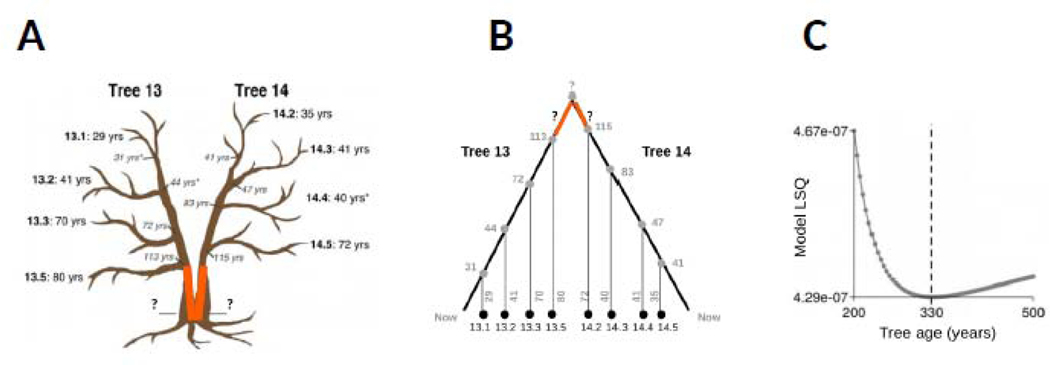Fig. IV: Proof-of-principle evidence that CG epimutations act as an aging clock in trees.
Results from the study of Shahryary et al. (2020) are shown. Figures were slightly modified from that manuscript. (A) A single poplar (P. trichocarpa) tree was analyzed. Tree 13 and 14 are two main stems that have diverged early in development. Four branches from each tree were chosen and aged by coring. Shown are the coring sites along with the coring-based branch ages. Age coring proved technically challenging at the bottom of the tree and led to unintelligible ring counts (orange segment). An educated guess, based on diameter measurements, placed the age of the tree between 250 and 350 years. (B) The tree can be presented as an intra-organismal phylogeny. Leaf methylomes were collected from each of the selected branches. (C) A phylogenetic discrete time Markov model fitted to the global CG methylation divergence data of the complete tree data treating tree age (i.e. the age of the orange segment) as an unknown parameter. Model residual (LSQ) was minimized at an age of 330 years. This unbiased estimate fit well within the circumference-based estimated age range.

